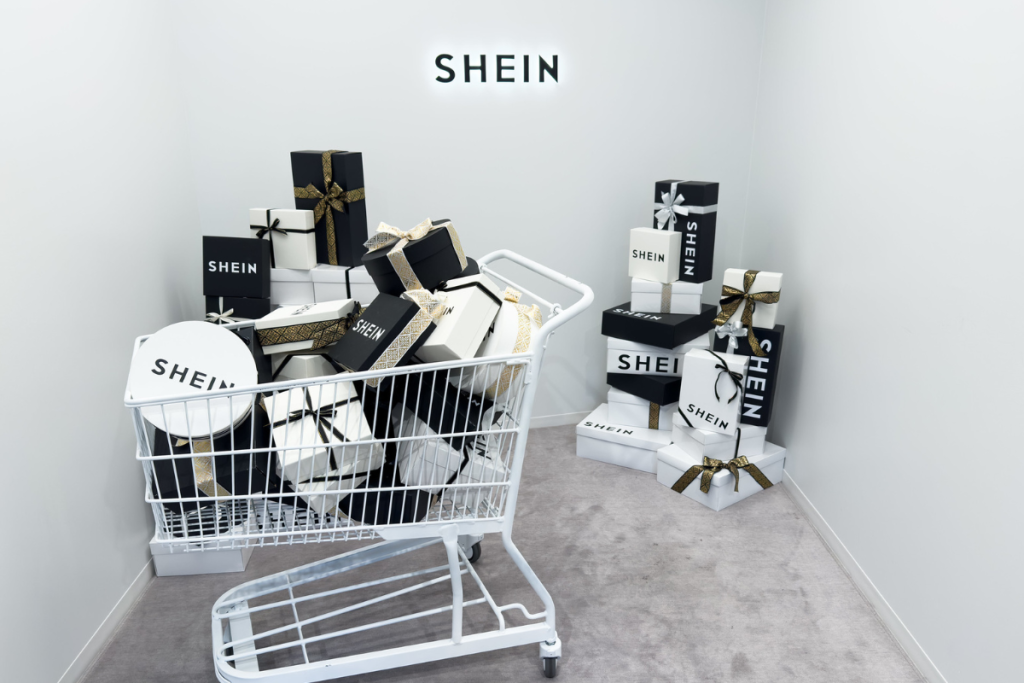Fast fashion giant Shein is ramping up local production in India through its partnership with Reliance Retail, aiming to build a major export-oriented manufacturing base as trade headwinds and regulatory scrutiny force a recalibration of its China-heavy sourcing model.
Reliance Accelerates Supplier Onboarding
Shein plans to expand its network of Indian suppliers from 150 to 1,000 within the next year, with Reliance Retail, its licensed partner in India, already in discussions with 400 additional garment manufacturers, according to Reuters. Though the current agreement confines Shein’s commercial footprint in India to local distribution, both companies are preparing to export India-made inventory to the U.S. and U.K. within six to twelve months. Industry observers note that the discussions around scaling Indian manufacturing began before the latest round of U.S. tariffs on Chinese goods—suggesting the move is as much strategic as it is reactive.
The initiative coincides with India’s broader push to position itself as an alternative to China for textile and apparel production. Clusters in Tamil Nadu, Gujarat, and Maharashtra are being tapped to supply the high-velocity production cycles Shein is known for, supported by Reliance’s existing infrastructure in logistics, warehousing, and vendor development. The licensing model also helps Shein navigate India’s legacy regulatory concerns, with Reliance retaining full control over local operations, data, and supplier relationships.
Geopolitics and Compliance Needs
Shein’s Indian relaunch in February followed a five-year ban prompted by data security issues tied to Chinese apps. To re-enter, the retailer shifted to a tech-partner-only role, with Reliance managing front-end operations and full ownership of customer and supplier data within India. All merchandise sold on Shein’s India platform is now sourced domestically and delivered to customers without shipping fees, signaling a localization-first model.
But behind the domestic build-out lies a broader agenda. The U.S. has recently escalated tariffs on Chinese-made apparel, pushing firms like Shein to diversify manufacturing footprints to protect margins and access. India offers not just cost competitiveness and political alignment, but also potential eligibility for trade agreements with the UAE and EU that could further ease cross-border exports. However, with growing global scrutiny of labor conditions and sustainability in fast fashion supply chains, Shein will need more than volume—it will need traceability and compliance infrastructure to meet evolving due diligence laws in both the EU and North America.
India’s Upside Depends on Execution
While Shein’s move fits the broader narrative of diversification, its success will depend on more than footprint scale. The ability to synchronize rapid style cycles, enforce labor standards across a fragmented supply base, and maintain real-time visibility into Tier 2 and Tier 3 suppliers will separate opportunistic outsourcing from resilient global production strategy. India may offer the raw ingredients, but Shein’s long-term competitiveness will hinge on how rigorously it builds digital and operational trust into this new sourcing backbone.





